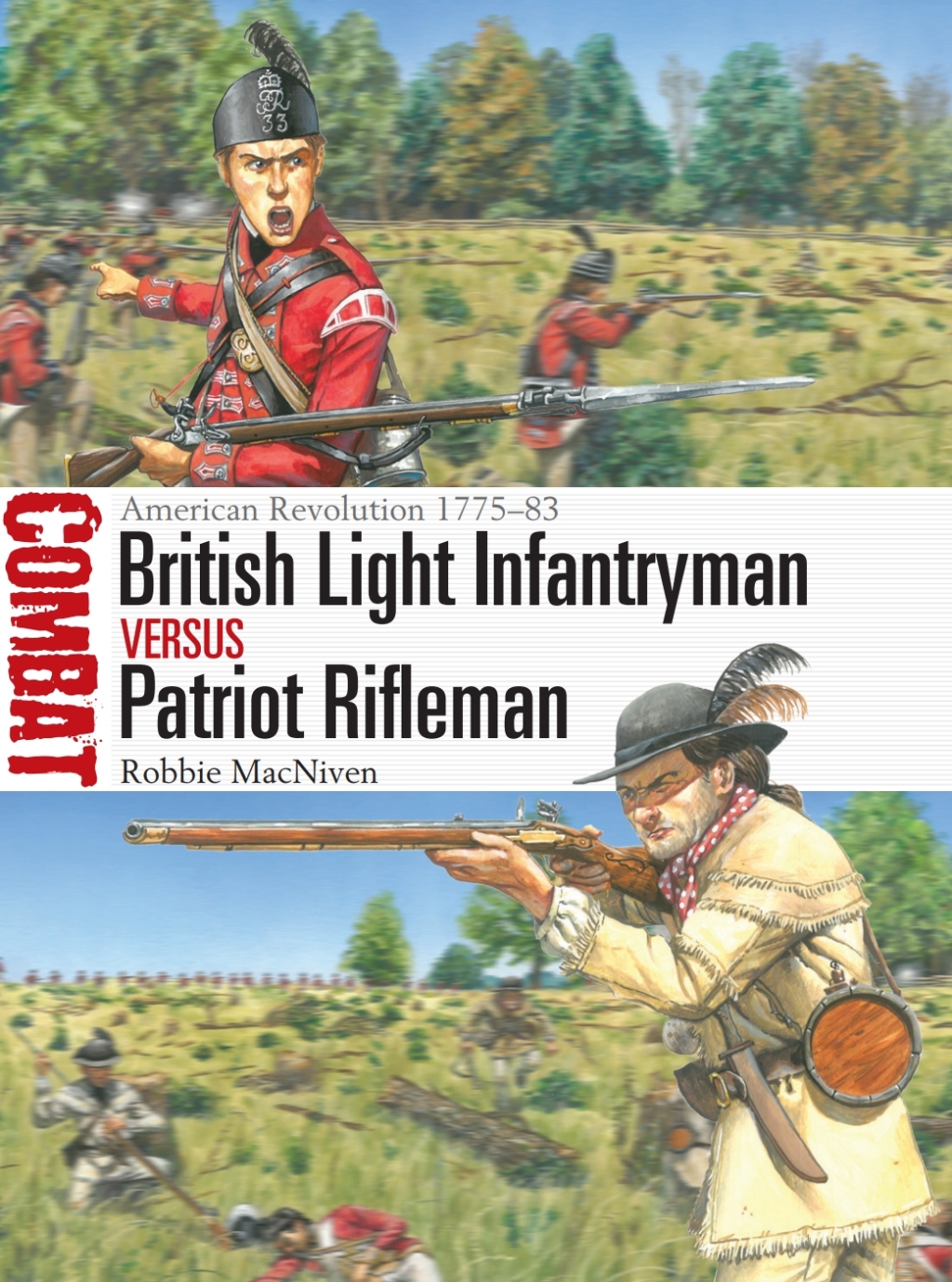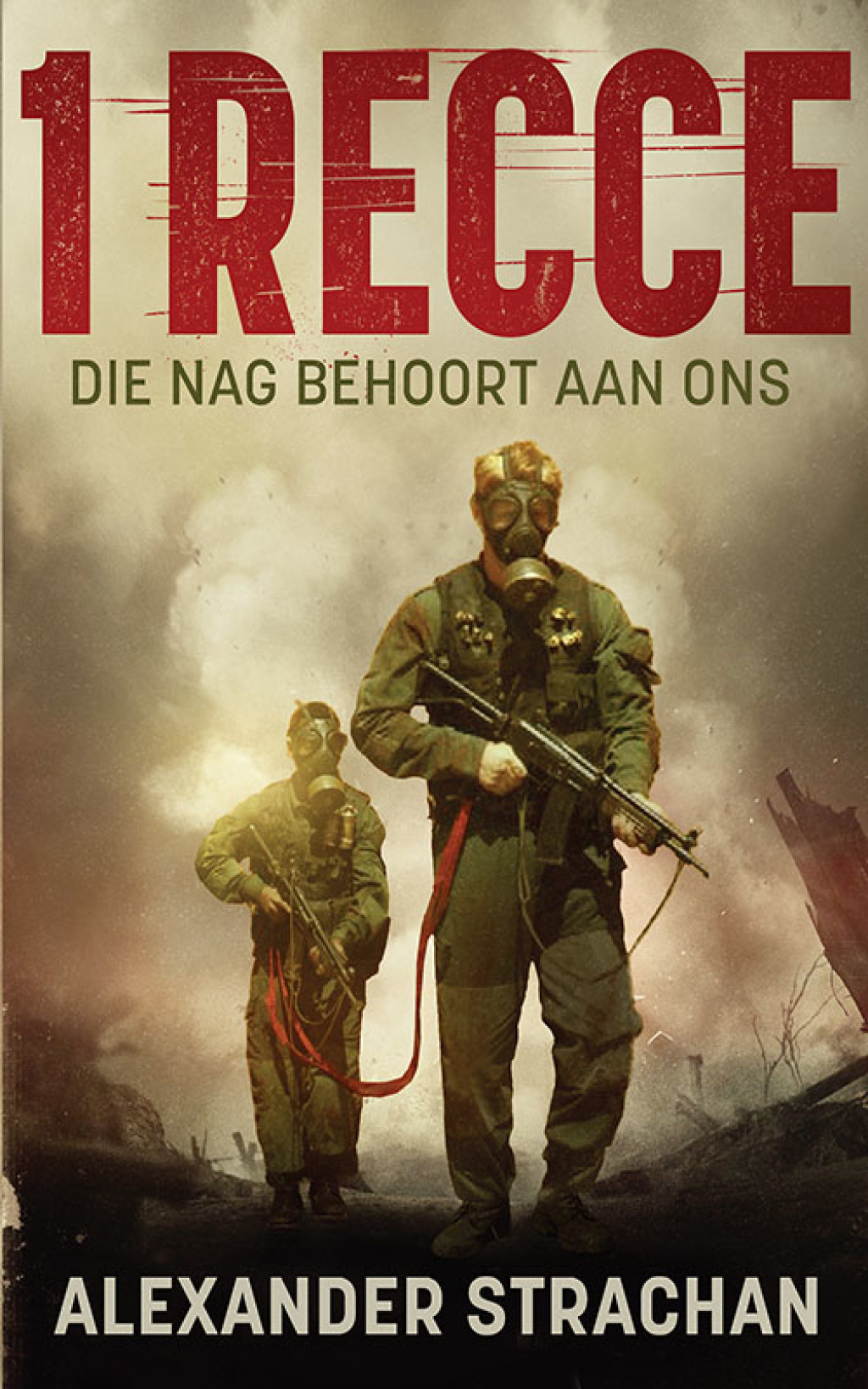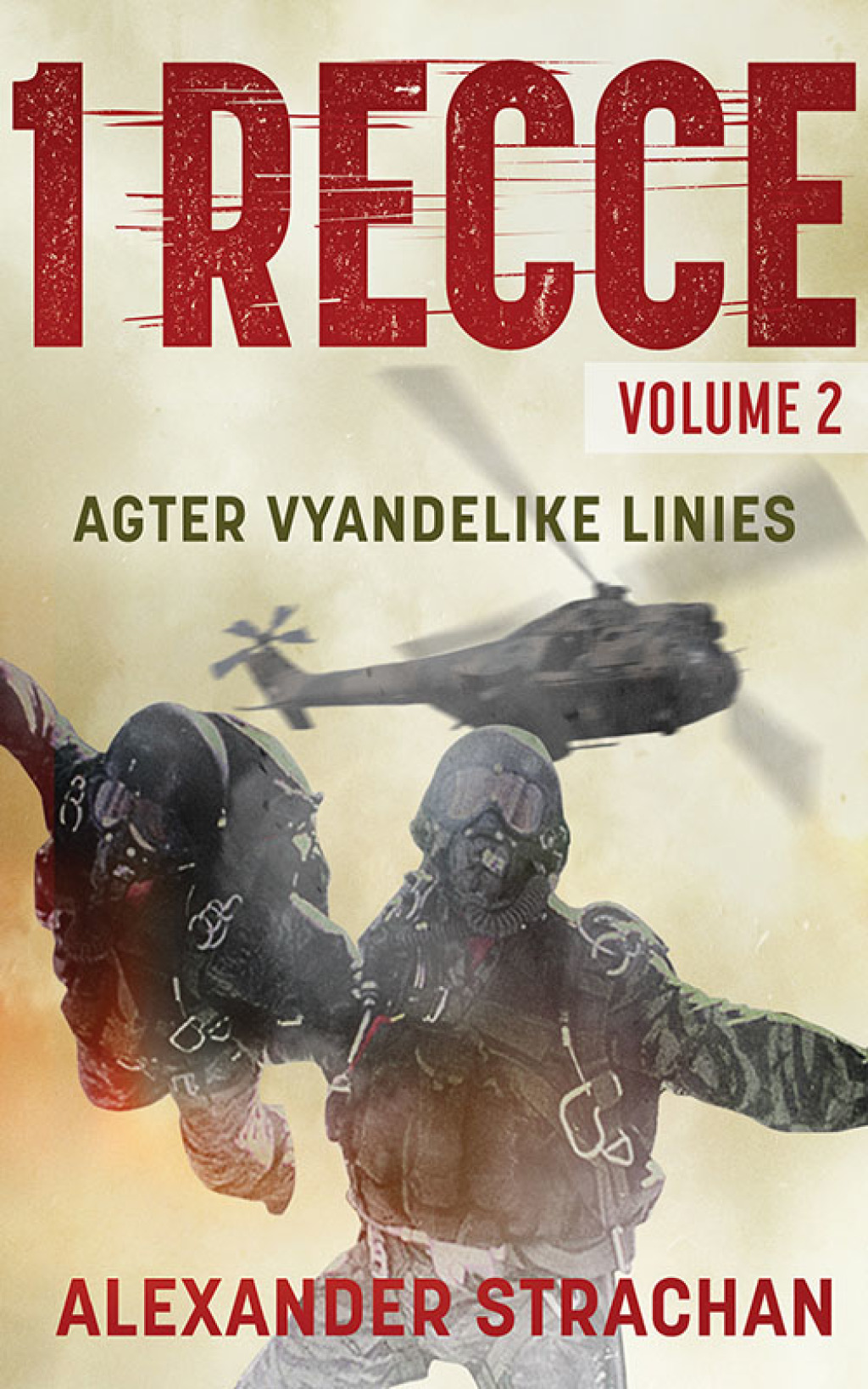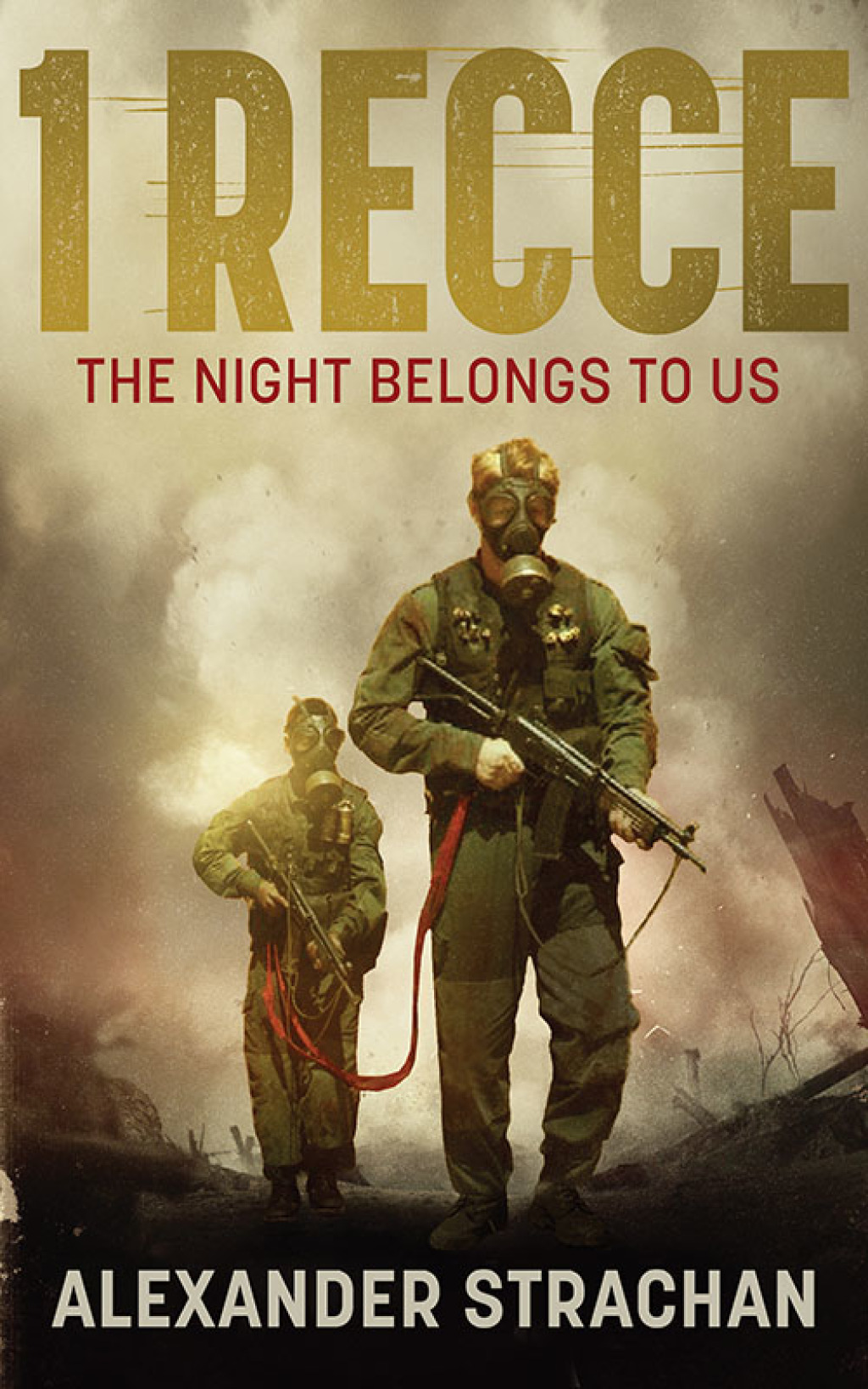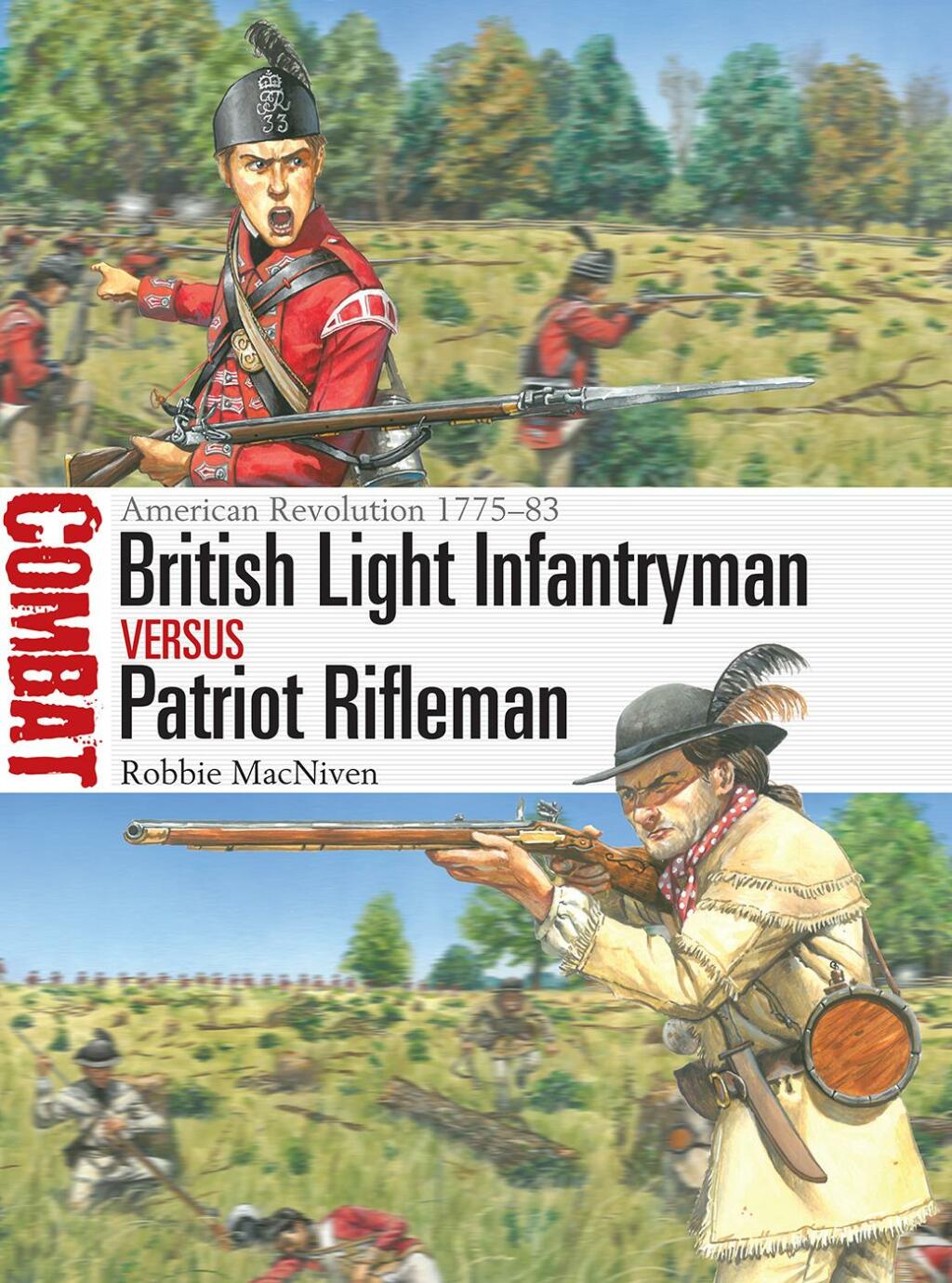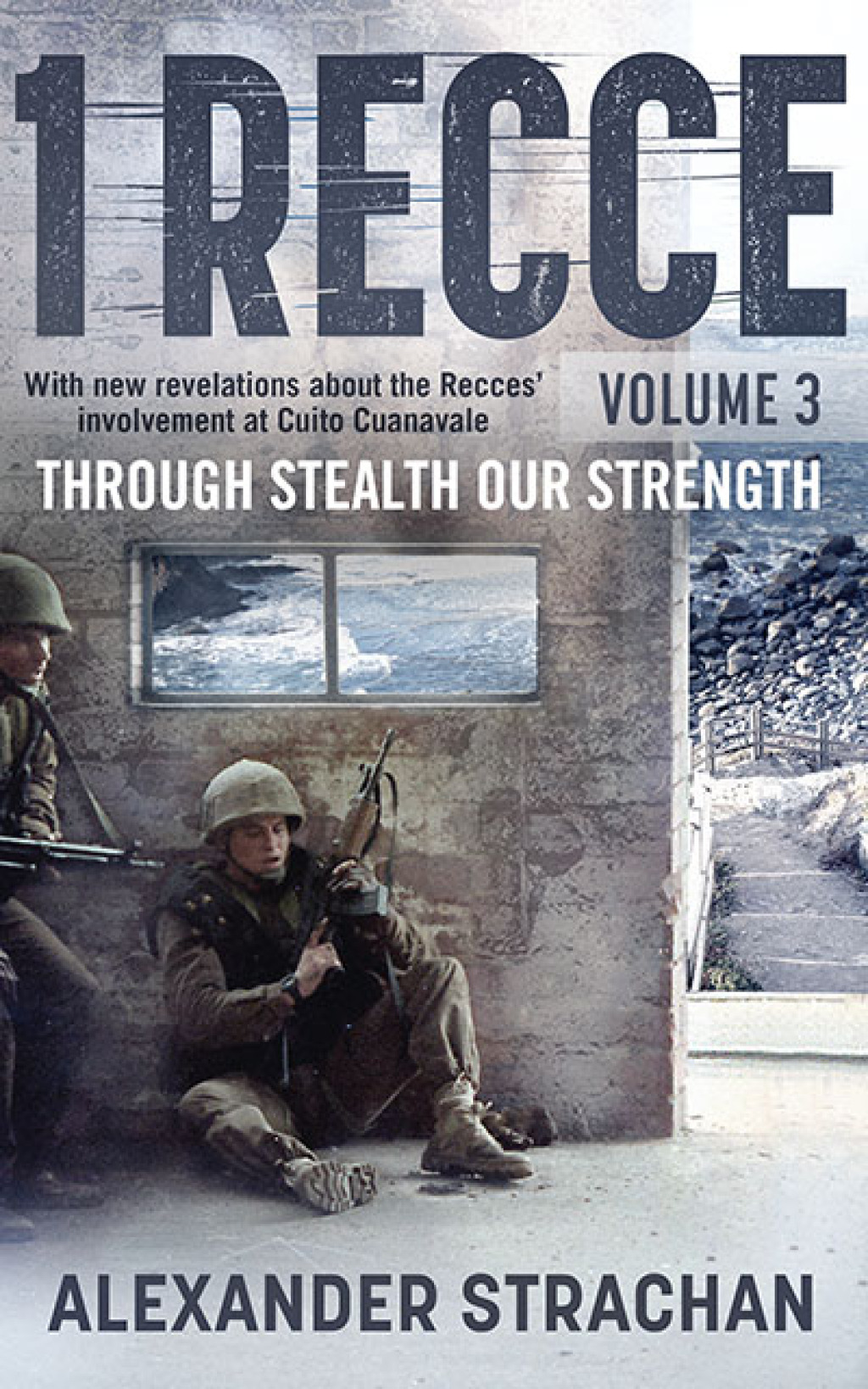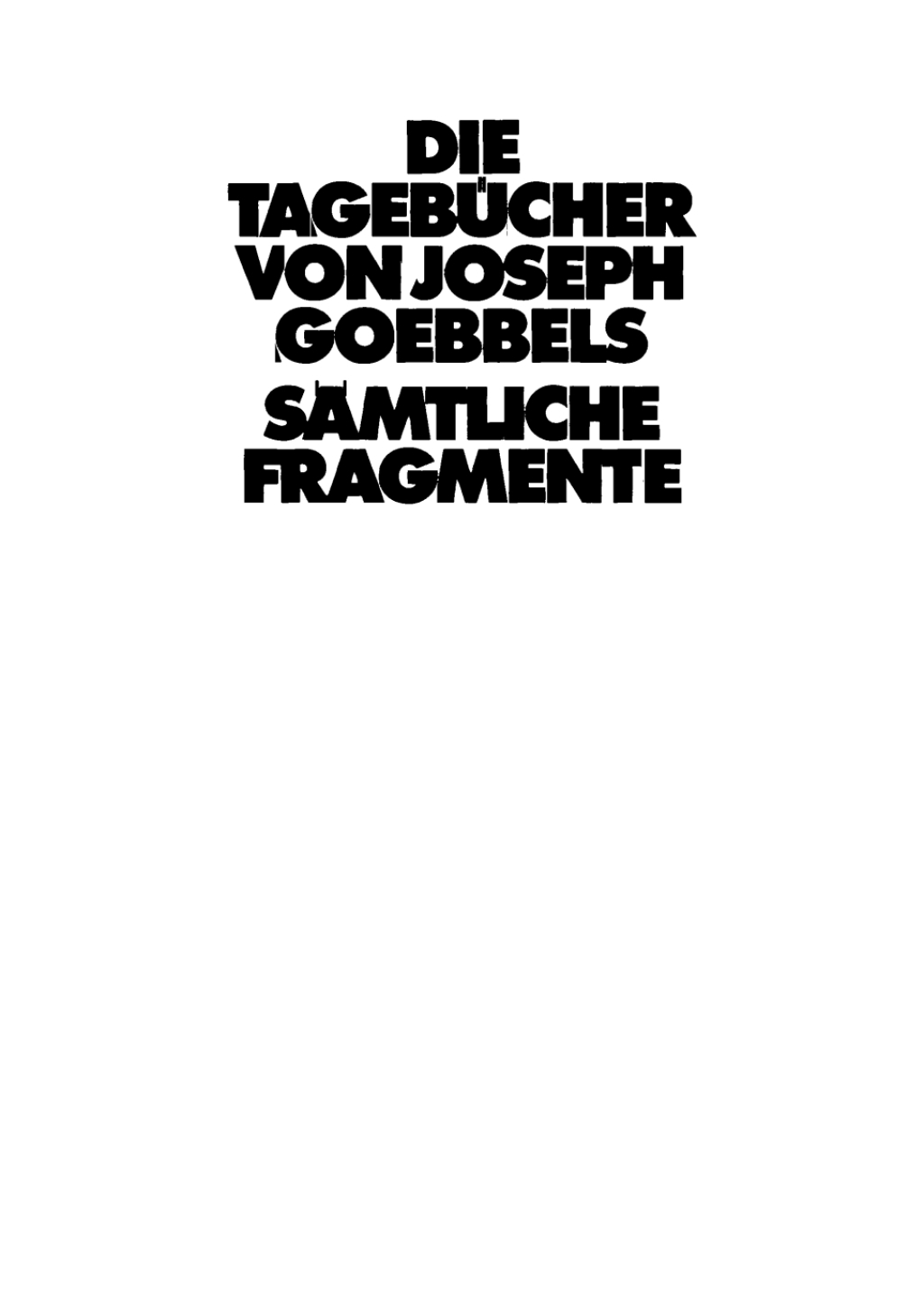Description
Fully illustrated, this book assesses the origins, equipment, and fighting styles of the irregular warfare specialists fighting on both sides during the American Revolutionary War. Amid North America’s often forested, broken, or rugged terrain, 18th-century armies came to rely on soldiers capable of fighting individually or in small groups. During the American Revolutionary War, rifle-armed companies were incorporated into the newly created Continental Army, while Patriot militiamen and partisans also made use of rifled weapons. Facing them were the British Army’s light infantrymen; among the most experienced regular soldiers fighting for the Crown, they were joined by Loyalist units able to operate in dispersed formations and German hired troops skilled in open-order fighting, including the rifle-armed Jäger. The strengths and limitations of both sides’ open-order specialists are evaluated in this book, with particular focus upon three revealing battles: Harlem Heights (September 16, 1776), where the Patriots took heart from being able to hold their own in an escalating clash with Crown light forces; Freeman’s Farm (September 19, 1777), where British light infantry engaged Patriot riflemen in notably rough terrain; and Hanging Rock (August 6, 1780), where Patriot riflemen and partisans attacked a Loyalist encampment, including Provincial Corps light infantry. Specially commissioned artwork, archive illustrations, and newly drawn mapping complement the authoritative text.

